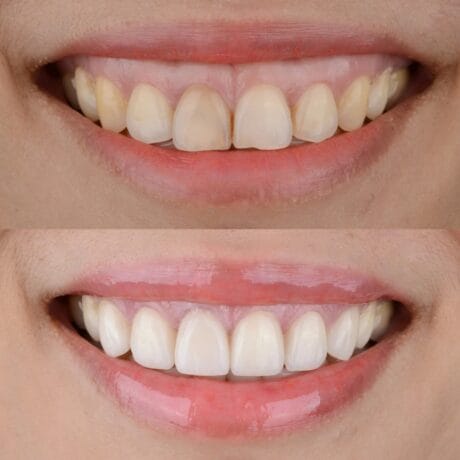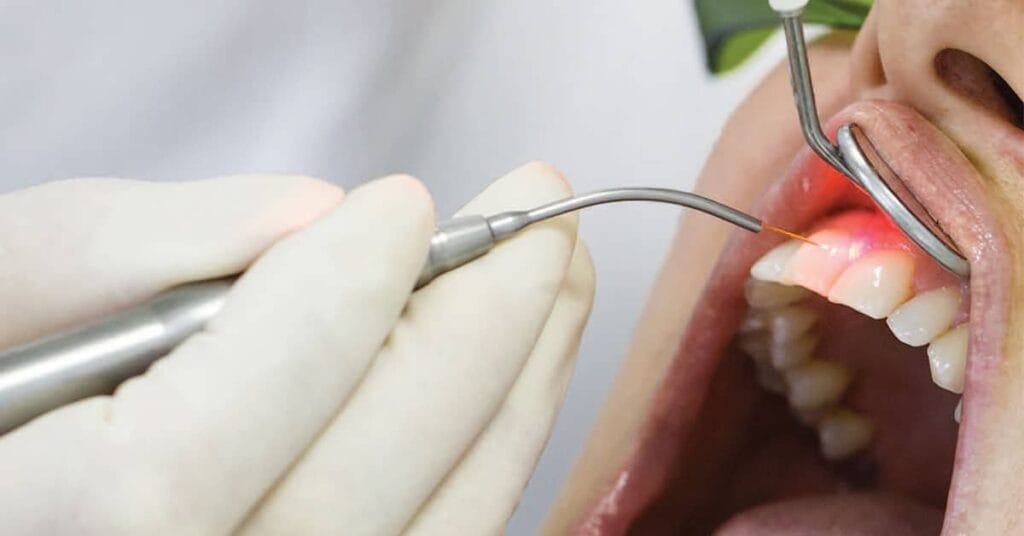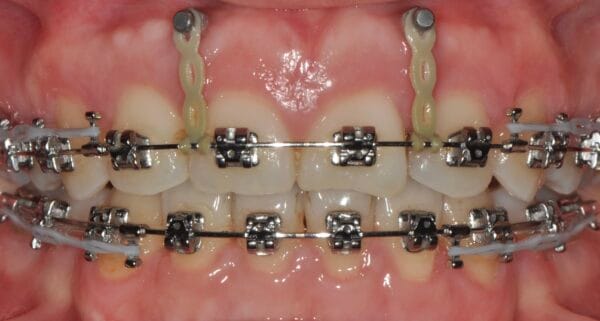
Overactivity of the muscles controlling the upper lip can cause it to lift excessively, revealing more gum tissue.
Some individuals naturally have more gum tissue, leading to a gummy appearance.
If teeth do not fully erupt or appear smaller than usual, more gum tissue may be visible when smiling.
Abnormal jaw growth can also lead to a gummy smile, particularly if the upper jaw protrudes more than usual.


If you don’t want to have surgery, talk to your dentist about whether a temporary anchorage device (TAD) is right for you. This device can help pull your teeth into a position that may reduce a gummy smile. This is done in conjunction with braces or other orthodontic devices to make sure your teeth and the arches in your mouth are aligned well.

For those in Melaka considering gummy smile treatment, we at Jasbir Dental Specialist offer personalized consultations to determine the best approach for achieving a confident, beautiful smile.
Contact Jasbir Dental Specialist Melaka today to learn more about how you can transform your smile.
Do You Have Any Questions?